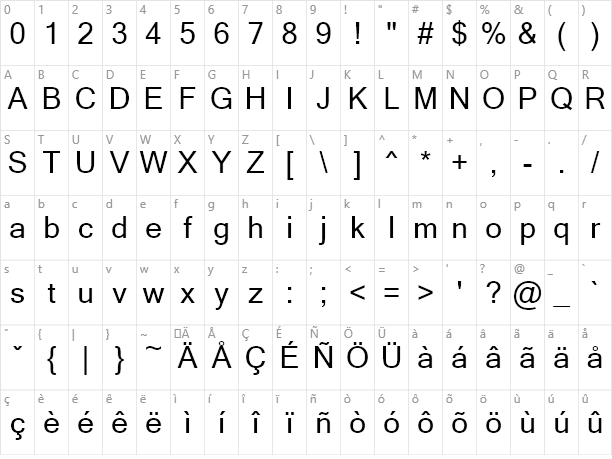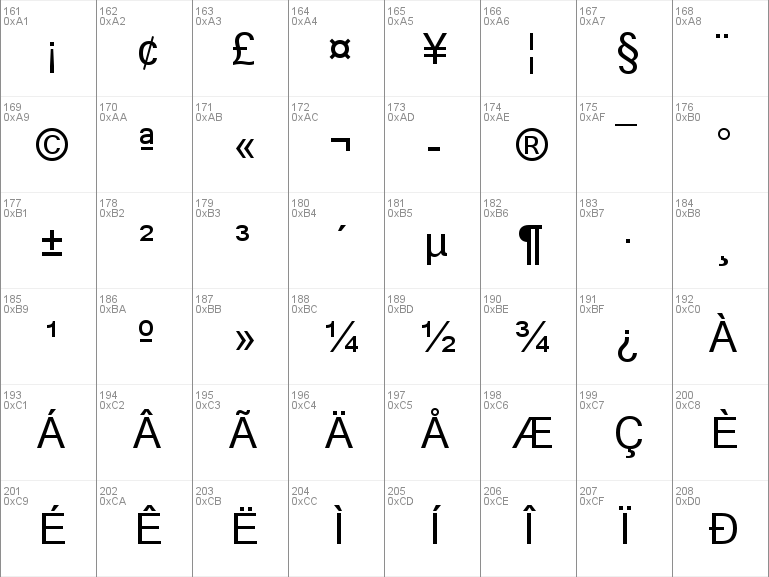

When your program begins to use a TrueType font of a particular size, Windows "rasterizes" the font. Windows can scale these fonts by altering the coordinates that define the outlines. The individual characters of TrueType fonts are defined by filled outlines of straight lines and curves. Then there is TrueType, to which I'll devote much of the remainder of this chapter. For italics, for instance, Windows simply shifts the upper part of the character to the right. The stroke fonts have typeface names of Modern, Roman, and Script.įor both GDI raster fonts and GDI stroke fonts, Windows can "synthesize" boldface, italics, underlining, and strikethroughs without storing separate fonts for each attribute. Stroke fonts are now sometimes called plotter fonts because they are particularly suitable for plotters but not for anything else.

However, performance is poor, legibility suffers greatly at small sizes, and at large sizes the characters look decidedly weak because their strokes are single lines. Stroke fonts are continuously scaleable, which means that the same font can be used for graphics output devices of any resolution and the fonts can be increased or decreased to any size.
#MICROSOFT SANS SERIF BITMAP FONT SERIES#
The stroke fonts are defined as a series of line segments in a "connect-the-dots" format. Prior to Windows 3.1, the only other GDI fonts supplied with Windows were the stroke fonts. The Small Fonts are especially designed for displaying text in small sizes. In early versions of Windows, the MS (Microsoft) Serif and MS Sans Serif fonts were called Tms Rmn (meaning that it was a font similar to Times Roman) and Helv (similar to Helvetica). The word "serif" refers to small turns that often finish the strokes of letters in a font such as the one used for this book. The Courier font is a fixed-pitch font similar in appearance to the font used by a typewriter. The raster fonts have typeface names ofĮach raster font comes in just a few (no more than six) different sizes. The primary advantages of raster fonts are performance (because they are very fast to display) and readability (because they have been hand-designed to be as legible as possible).įonts are identified by typeface names. They cannot be expanded or compressed to an arbitrary size.

For this reason, GDI raster fonts are termed "nonscaleable" fonts. However, this can be done in integral multiples only and within certain limits. Windows can create larger character sizes from GDI raster fonts by simply duplicating rows or columns of pixels. Each raster font is designed for a specific aspect ratio and character size. GDI fonts come in three flavors: raster fonts, stroke fonts, and TrueType fonts.Ī raster font is sometimes also called a bitmap font, because each character is stored as a bitmap pixel pattern. For example, it is common for printers to have a collection of built-in device fonts. Device fonts are native to an output device. Windows supports two broad categories of fonts, called "GDI fonts" and "device fonts." The GDI fonts are stored in files on your hard disk.

Before you get involved with specific code, however, you'll benefit from having a firm grasp of the basics of fonts as they are implemented in Windows. Much of the remainder of this chapter addresses working with different fonts.


 0 kommentar(er)
0 kommentar(er)
